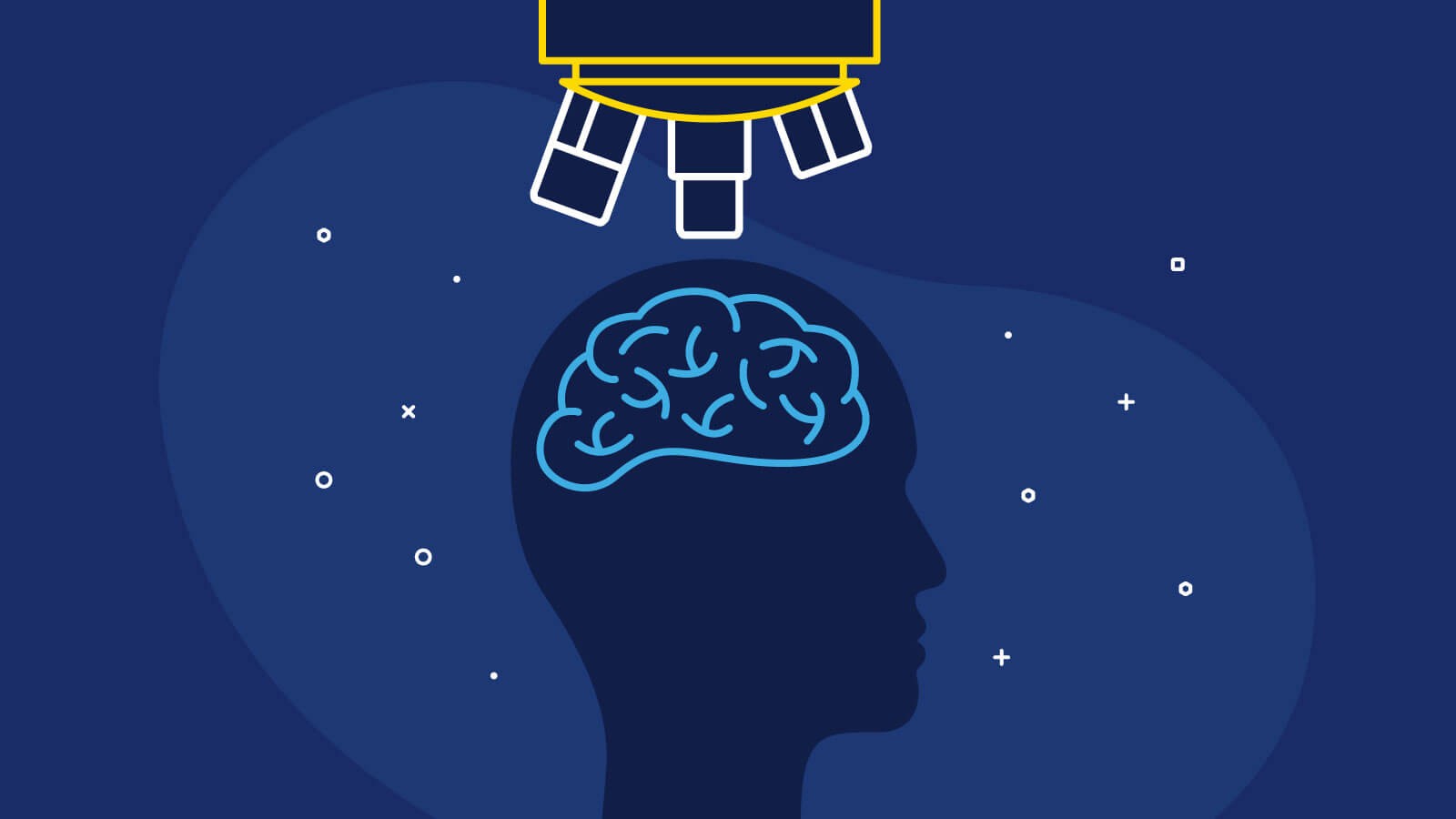Science of learning and teaching

Welcome, new educators and seasoned teachers alike to the science of learning and teaching revolution!
Let us embark on a new and fulfilling journey together. Hitch your wagon to this guiding star and join with me as we explore the science of learning.
Practitioners of evidence-informed practice make the solemn promise to leave no student behind and if you follow science of learn principles you can be assured that all your future teaching will be well-crafted, efficient, and modelled where instruction is no longer left to chance.
Envision your classroom thriving and filled with eager learners. This scenario is not an out of reach pedagogical utopia but a tangible reality achievable through the science of learning. From reducing cognitive load to providing a structured content-rich curriculum, this revolutionary approach reshapes our teaching strategies to better cater to our students' cognitive templates.
At its core, the science of learning seeks to lessen the strain on working memory. All cognitive science research in the last 20 years points to this one irrefutable fact: working memory and cognitive load are the two most important learning concepts to understand as classroom teachers. In essence, our memory is a very limited workspace where newly learned concepts jostle for survival.
By limiting the pressure on this fragile cubicle sized space, we greatly reinforce our students recall of newly formed concepts, ultimately guiding our learners towards mastery of new material and to ultimate academic success.

A key aspect of this cognitive science-based approach is providing a structured, content-rich curriculum. Picture this curriculum as a well-planned road trip – every destination, every pit-stop, is carefully selected to offer the most enriching and enlightening journey for your learners. This roadmap fosters a strong, inclusive learning community, again - leaving no student behind.
Clear expectations. This mantra is crucial in the realm of evidence informed learning. Just as vivid road signs guide us to our destination, clear expectations ensure students (and teachers) understand all learning goals and trajectory, fostering a learning environment that in essense creates a structured equity.
Science of learning and teaching - the power of the well-crafted lesson
A prime embodiment of the science of learning lesson plan involves well-crafted lessons. Every lesson is akin to a fine tapestry, woven with threads of knowledge, curiosity, and engagement. These well-crafted lessons act like illuminating beacons, lighting our learners' path to academic excellence.
One of the hallmarks of the science of learning is low variability instruction. It emphasizes structured consistency in teaching and offers 'modelled thinking'- a concept that enriches students' cognitive skills and allows them to successfully navigate complex concepts.
Engagement is the lifeline of any thriving classroom. By implementing intriguing, interactive teaching methods, we entice our learners into the world of knowledge, breathe life into the learning process, making it dynamic and enjoyable.
In an inclusive classroom, all students, including those with Autism Spectrum Disorder (ASD) and developmental trauma, have the opportunity to not just sit on the margins, but flourish. Science of learning principles foster trauma-informed teaching practices that help every student feel valued and gives them the chance to succeed.

An often-overlooked aspect in ensuring a successful learning process is efficient time use. The science of learning and teaching principle acknowledges this and encourages teachers to utilize time judiciously, maximizing teaching effectiveness through compact, super interactive and responsive lessons.
A significant feature of the science of learning emphasizes that all students are exposed to rich content. No assumptions are made about their prior knowledge, thereby ensuring that learning opportunities are fair and inclusive.
The ability to differentiate learning is a cornerstone of the science of learning practice. With this strategy in place, teachers can tailor their teaching to accommodate individual learners' needs, further nurturing their academic growth.
In the world of learning where interaction is vital, a shared language is key. It forms a bridge between teachers and students, ensuring clear communication and comprehension, integral in this evidence informed teacher practice.
Travel with me now and let’s delve deeper now into how the science of learning revolves around giving kids success. By understanding the cognitive processes involved in learning, it maps designed strategies that lead to increased student understanding, increasing their confidence and success rates.
This teaching methodology is far removed from bland, one-size-fits-all approaches. It's vibrant and life-like, encouraging active participation from students, thereby making the process of learning not just achievable but exhilarating.
Evidence-informed teacher practice, an integral aspect of the science of learning, reinforces the fact that teaching should not be based on assumptions or unproven theories (see constructivist methods of teaching, an entertaining interview with self-described grumpy old man Paul Kirschner). Instead, it should stem from solid evidence and research, leading to improved teaching methodologies and better student outcomes.
learning science places high value in ensuring improved teacher satisfaction, and ultimately improved teacher well-being which has a flow on effect and can only generate better student outcomes. It manifests a teaching environment that is harmonious and efficient, ultimately cultivating a true love for learning amongst students.
Science of learning and teaching - the end of the beginning
As we approach the end of the beginning of this enlightening journey, let's take a moment to reimagine our classrooms as flourishing gardens where learning blooms in its exquisite glory. Let’s strive to weave the science of learning into our teaching tapestry, creating an enriched, inclusive, and successful learning environment that truly leaves no student behind.
Embrace this delightful journey towards becoming master gardeners in the field of education, nurturing each unique bud to bloom into its full potential. Welcome to education underscored by "The Science of Learning"!
To learn more about the Science of Reading, working memory classroom strategies and decodable readers please follow these links.
To access information about why many children are not yet proficient with literacy skills, access why your child cannot read and orthographic mapping. The simple view of reading is a time-tested theory of reading. Read about it here. Follow this link to an article that details grit and resilience and its effect on learning.
The Rosenshine principles are the bedrock upon which the teaching oral language, structured synthetic phonics, and reading comprehension is largely based. The Rosenshine principles is a set of guidelines for teaching mastery. Learn more about the Rosenshine principles here.
REFERENCES:
Jump, J. & Kopp K. (2023) What the Science of Reading says about Reading Comprehension and Content Knowledge
Uploaded 10/2023
